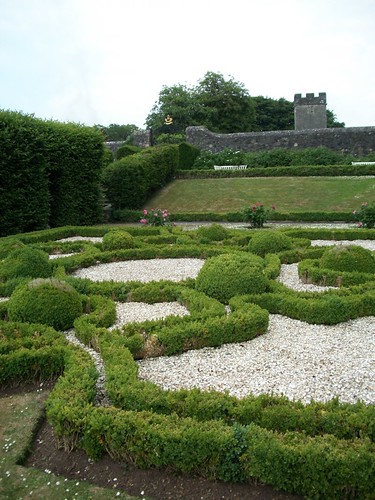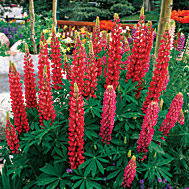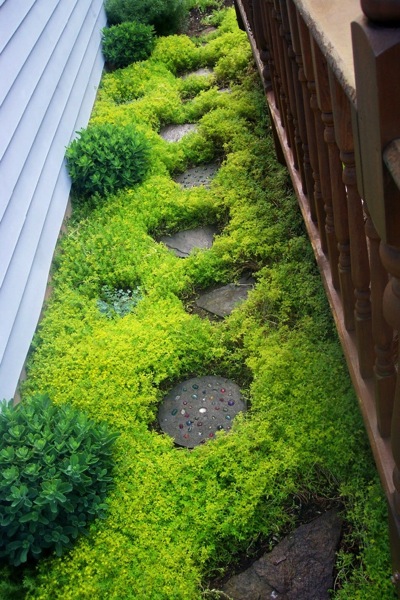 Parterre gardens, with their air of formality, aren’t for everyone, but I would guess it is one of the most popular garden styles even today, long after its first invention. Today’s gardens, especially here in the US, tend to lean towards more casual styles, but you will see elements of the parterre garden style in nearly every garden. It might only be a lightly clipped hedge or a stone walkway, but the elements seem to be part of our basic garden vocabulary.
Parterre gardens, with their air of formality, aren’t for everyone, but I would guess it is one of the most popular garden styles even today, long after its first invention. Today’s gardens, especially here in the US, tend to lean towards more casual styles, but you will see elements of the parterre garden style in nearly every garden. It might only be a lightly clipped hedge or a stone walkway, but the elements seem to be part of our basic garden vocabulary.
What can you share about this Garden Vocabulary entry? Help educate us all in the comments!
Garden Vocabulary: Parterre
“A parterre is a formal garden constructed on a level surface, consisting of planting beds arranged to form a pleasing, usually symmetrical pattern, with gravel paths laid between. The beds are edged in stone or tightly clipped hedging and need not contain any flowers. French parterres originated in 15th-century gardens of the French Renaissance, such as the Chateau of Versailles, and were elaborated out of 16th-century Baroque garden à la française knot gardens, and reached a climax at Versailles and its many European imitators, such asKensington Palace in London.
The parterre was developed in France by Claude Mollet, the founder of a dynasty of nurserymen-designers that lasted deep into the 18th century. His inspiration in developing the 16th-century patterned compartimens—simple interlaces formed of herbs, either open and infilled with sand or closed and filled with flowers—was the painter Etienne du Pérac, who returned from Italy to the château of Anet, where he and Mollet were working. About 1595 Mollet introduced compartment-patterned parterres to royal gardens at Saint-Germain-en-Laye andFontainebleau; the fully developed scrolling embroidery-like parterres en broderie appear for the first time in Alexandre Francini’s engraved views of the revised planting plans at Fontainebleau and Saint-Germain-en-Laye in 1614.[1]” — Wikipedia
- Sepal
- Latin Botanical Epithets – Augustifolia
- Bolting
- Soil pH
- Leaf Arrangement
- Nitrogen Fixaton
- Stoma
- Parasite/Parasitism
- Xeriscaping
- Deadhead/Deadheading
- Fungus
- Petal
- Fruit
- Cotyledon
- Epiphyte
- Humus
- Conifer
- Deciduous
- Hybrid/Hybridization
- Acclimatization/Acclimation
This Garden Vocabulary series seeks to introduce and explain to you — and in many cases, myself — words and terms associated with gardening. Please let me know if there are any terms you would like me to explore. You can leave your ideas in the comments section and we can learn together!



